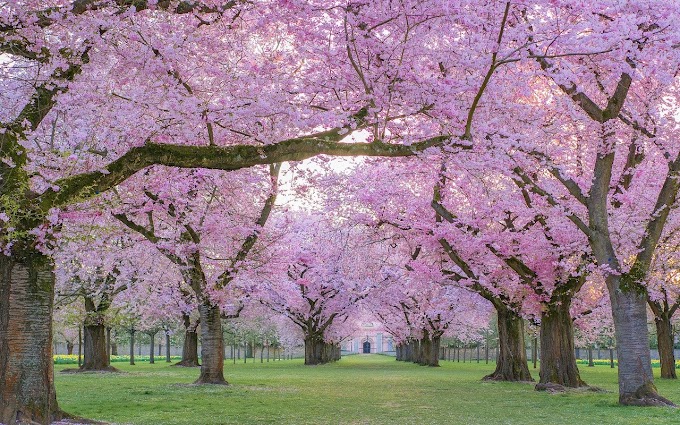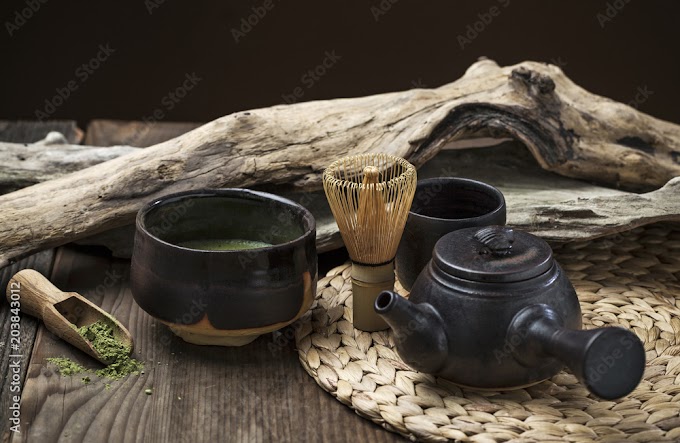There are all sorts of festivals (Matsuri - 祭 ) in japan almost all year round, from small festivals that are mostly unknown outside a given prefecture to huge festivals with crowds of people, each with it's unique charm. In this post we will go trough the most famous festival in Japan.
Before we dive in , it's is interesting to know that originally the matsuris has appeared in Japanese Shintoism as way to honor the Gods which explain why most festivals in Japan are sponsored by some shrine or temple.
Gion Matsuri - 祇園祭
The Gion Festival (祇園祭, Gion Matsuri) is one of the largest and most famous festivals in Japan for purification and pacification of disease causing entities. There are many ceremonies held during the festival, but it is best known for its parade, the Yamaboko Junkō ( 山鉾巡行 ).
- Location : Yasaka Shrine, Kyoto .
- Date : July 17th and 24th .

Kanda Matsuri - 神田祭
Kanda Matsuri or the Kanda Festival, is one of the three great Shinto festivals of Tokyo, The festival started in the early 17th century as a celebration of Tokugawa Ieyasu's decisive victory at the battle of Sekigahara and was continued as a display of the prosperity of the Tokugawa shogunate during the Edo period. Its prominent parades involve over 200 mikoshi, in addition to musicians, dancers, and floats
- Location :Kanda Shrine, Tokyo .
- Date :closest Saturday and Sunday to May 15 .
 |
Photo By : Edomura no Tokuzo |
Tenjin Matsuri - 天神 祭
Tenjin matsuri is an important festival in Osaka; it is one of the three big festivals of Japan with the Gion matsuri and the Kanda matsuri. The festival is held to wish the protection of study and art. The festival is known for its stalls next to the Okawa River, its very large fireworks display over the river, and its parade where around 3,000 people wear imperial court style clothing from the 7th to the 12th.
- Location :Tenman-gū Shrine, Osaka
- Date :July 24 and 25
Nagasaki Lantern Festival - 長崎ランタンフェスティバル
The Nagasaki Lantern Festival takes place every year in Nagasaki City. The festival starts with Over 15.000 colorful lanterns and lights which adorn the entire city for 15 days to celebrate the Chinese New Year.
- Location : Nagasaki .
- Date : 25 January to 8 February
Awa Odori - 阿波踊り (Tokushima)
The Awa Dance Festival ( 阿波踊り) is held as part of the Obon festival in Tokushima Prefecture on Shikoku in Japan. Awa Odori is the largest dance festival in Japan, attracting over 1.3 million tourists every year. Groups of choreographed dancers and musicians known as ren (連) dance through the streets, typically accompanied by the shamisen lute, taiko drums, shinobue flute and the kane bell. Performers wear traditional obon dance costumes, and chant and sing as they parade through the streets.
- Location : Nagasaki .
- Date :12 to 15 August
Yuki Matsuri - さっぽろ雪まつり
The Sapporo Snow Festival (Yuki-matsuri) is a festival held annually in Sapporo, Japan, over seven days in February. Odori Park, Susukino, and Tsudome are the main sites of the festival. The Snow Festival began as a one-day event in 1950, when six local high school students built six snow statues in Odori Park. In 1955 the Japan Self-Defense Forces from the nearby Makomanai base joined in and built the first massive snow sculptures, for which the Snow Festival has now become famous
- Location : Sapporo .
- Date :February
 |
Photo by : Journalist Seaman Marc Rockwell-Pate |
Kishiwada Danjiri Matsuri - 岸和田だんじり祭
The Danjiri festival is divided principally into two festivals. The first is held in September and is the more famous of the two. The second occurs in October, is less famous but involves more Danjiri. The September Festival is itself divided in two. Again, the more famous is the Kishiwada danjiri centering on the Castle and runs from the Nankai line down to the seaside.
- Location : Kishiwada, Osaka .
- Date :September
Sanja Matsuri - 三社祭
Sanja Matsuri (literally "Three Shrine Festival"), or Sanja Festival, is one of the three great Shinto festivals in Tokyo. It is considered one of the wildest and largest. The festival is held in honor of the three men who established and founded the Sensō-ji Buddhist temple. Its prominent parades revolve around three mikoshi (portable shrines referenced in the festival's name), as well as traditional music and dancing. Over the course of three days, the festival attracts 1.5 to 2 million locals and tourists every year
- Location :Asakusa Shrine, Tokyo .
- Date :Third weekend of May















0 Comments